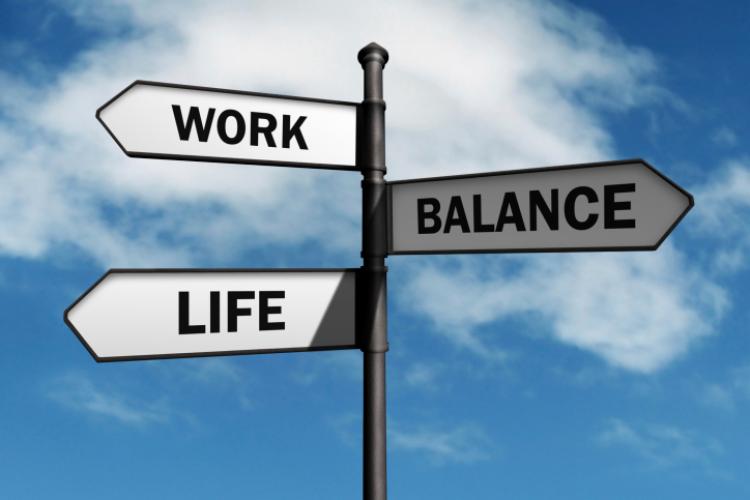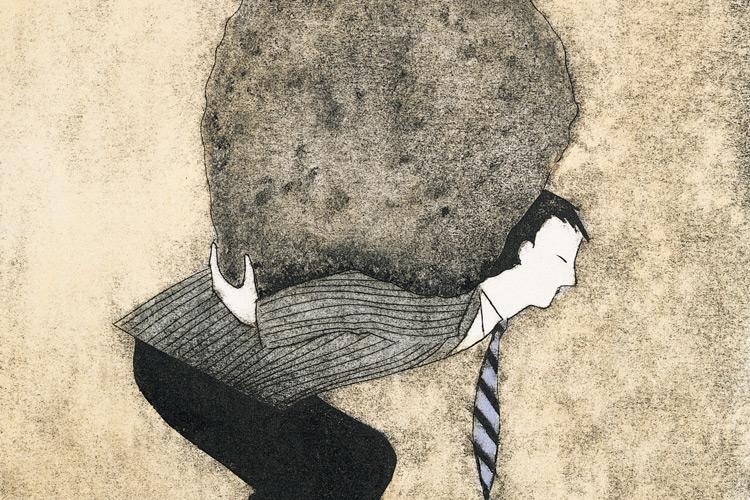Work life balance
Work life balance and the law
Working parents have a range of rights that can help with work life balance. These include the following:
Stress at work
Work stress can lead to mental and physical ill-health including depression, anxiety and depression. It can also increase the likelihood of accidents at work as people are more likely to make mistakes when they are stressed.
Redundancy
You may be eligible for certain rights when being made redundant, which include:
Notice period
You must be given a notice period before your employment ends. A statutory minimum exists in the UK based on how long you have been employed by your company. Check your contract – your employer may offer you more than this statutory minimum but cannot offer you less.
Managing your boss
Difficult bosses can be found in all industries and workplaces. Start by trying to understand what makes your boss tick. Figure out who they are, what they want from their team and why they operate the way they do.
Be clear about your role, objectives and aims. If unsure, seek clarification, make notes and send them to your boss to ensure you have the correct interpretation.
Managing matrix working
Matrix organisational structure
The traditional organisational structure of a business is hierarchical. For instance, an employee will report to a manager, who will report to a team leader, who will report to a department head, who will report to a Chief Executive. However, organisations can be structured in other ways.
Managing change in the workplace
Change management models
There are many change management models available to help organisations manage the change process. Three of the most well-known strategies are those developed by Kotter, Lewin, and McKinsey.
Kotter’s model is an 8-step process where a sense of urgency is used to facilitate change. The 8 steps are:
Health and wellbeing at work
Guidance on health and wellbeing at work
Simple guidance produced by the Health and Safety Executive (HSE) on how to manage stress and musculoskeletal disorders and a range of other health issues that are caused by work should be the first point of call. The HSE states that 70% work related illnesses are made up of, in order, musculoskeletal disorders such as back pain and RSI, followed closely by stress, anxiety and depression.
Equality in the workplace
The Equality Act 2010
In October 2010, the Equality Act 2010 replaced and simplified over 100 pieces of anti-discrimination legislation and also enhanced workers’ rights. It outlaws sexism, racism, ageism and other forms of discrimination in the workplace and promotes equality and diversity.
It sets out a number of so-called “protected characteristics”. Employers must not discriminate against workers on the basis of:
Difficult conversations at work
Workplace situations in which a difficult conversation is necessary include:
Casualisation of the professional workforce
Sectors where this form of working is dominant include: the construction industry, where there is widespread agency working and false self-employment; the hospitality sector; and outsourced areas such as homecare and cleaning. But casualisation is also on the increase among professional workforces including aviation, education, local government and the NHS.












